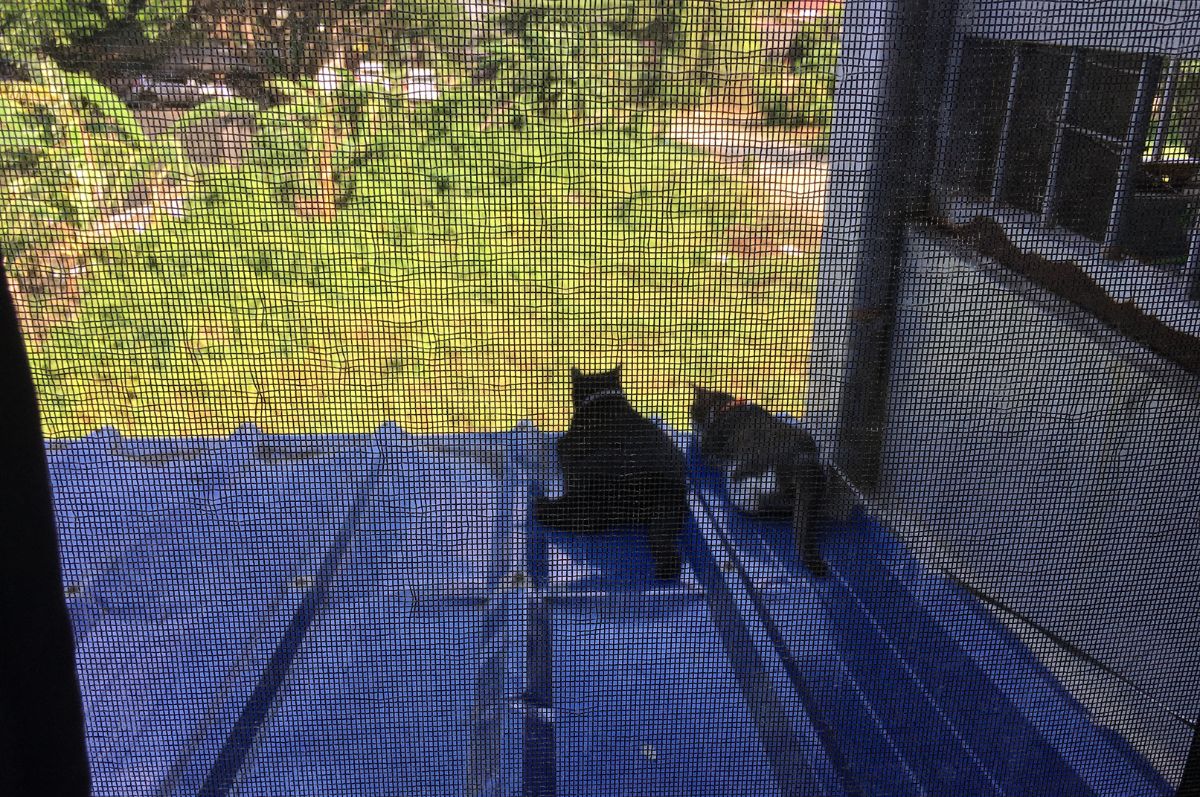Your cart is currently empty!

Why categorising your blog posts helps your business
Blog categories keep your content organised, help your readers find stuff, and (most of all) improve your SEO.
Does your business blog organise content into logical categories — or does everything you post end up in the ‘Uncategorized‘ pile? In today’s blog I’m going to be pointing out 5 critical functions that blog categories fulfil on your website. And probably the most important is SEO.
PLEASE NOTE: my website has changed quite a bit since I published this back in 2020. Even though the categories and imagery on the main pages are quite different to those displayed in the blog, the principles are the same.
What are blog categories?
Let’s get started by going back to basics — so you know what I’m talking about. What are blog categories? Well, every time you publish a blog post on your website you can place that article into a preset category. Let’s look at some of the categories here on my blog to demonstrate.

Every time I write a new post I add the article into a couple of different blog categories. This makes it easier for my readers to find the stuff that interests them, and much easier for me to manage my content in the back end. I can also use these categories as menu items on the main website (see example below).

Blog categories are created by the administrator (or owner) of the website in the back end — and if no categories are set-up, each blog post is automatically placed into a default category called ‘uncategorized’.

And that’s what this blog is all about — 5 critical reasons to organise your blog content into logical categories and ensure nothing ends up ‘uncategorized‘. Let’s take a look at each of the 5 reasons in the sections below.
1. Blog categories inspire ideas
Many small business owners lose momentum when they run out of blogging ideas. What propels me with ideas is having a set of blog categories based on the writing services I sell — and then keeping that list in my offline writing app.
Everytime I have an idea for a new blog post I write it down and match it to one of my blog categories. If I’m out of ideas I come from the other angle, I scroll back through my categories and look for gaps and spaces where I haven’t blogged for a while.
Business blogs should always align with the products and services you have listed for sale on your website (remember, the whole point is to sell stuff) — making sure each and every post will fit into one of your categories (before you start writing) means you are always focused on sales.
2. Blog categories help your readers find stuff
After you’ve been blogging for a while, your site will quickly fill with content. Google likes websites with plenty of reader engagement, so make sure that your website visitors can find the suff that interests them.
Use your blog categories to improve your overall navigation system by:
- Including them in your main menu system as drop-down items.
- Placing a widget in the sidebar or footer of your website.
- Displaying a breadcrumb navigation bar at the top of every page.
Your readers are no different to customers visiting a supermarket. Sure there are supermarket customers who have the time to walk up and down the aisles browsing and looking at stuff, but a lot of them want to be able to find the milk, bread, and Tim Tams quickly — then leave.
Imagine now that your blog categories are like the signs at the top of aisle 3 indicating the canned fish, soup, and sauces. And your reader doesn’t want to spend their whole morning looking for the curry paste.
3. Blog categories help your SEO
“Search Engine Optimisation (SEO) is about helping search engines understand and present content.”
Google.
Blog categories help your SEO in a couple of ways.
- First, that same menu system that helped your readers find the content they needed, also helps search engines like Google understand and index your website. Every time you write a blog and allocate it to a category, you’re giving Google more information about a specific search term.
- Second, each blog category is also a full landing page and can be configured with an SEO web snippet, SEO page title, and descriptive text. Once you start writing on a certain topic (ie, blog category) the category page will start to rank for that topic rather than individual posts.
If everything is being allocated to the ‘uncategorized’ category you are wasting an opportunity to improve your rankings with Google, Bing, and other search engines.
4. Blog categories keep older content from disappearing
When a new blog post is published it appears at the top of the blog, and unless you include the post in your menu bar — it will eventually disappear from view as new content is published. But when your posts are placed in logical categories you can easily display your full blog taxonomy in a side-bar or footer widget.

You might have heard the term ‘evergreen’ content — meaning blog posts, eBooks, and articles that are still relevant and readable years after they were first published. Blog categories allow your readers to find older ‘evergreen’ content on your website.
5. Blog categories keep the backend organised
And finally (my favourite), blog categories help keep the backend of your website organised, which saves you time and keeps your content strategy on track.
I remember when I first stated blogging back in 2008 for a hospitality training company — yes it was that long ago. I had no clue about categories and just went to town writing articles about Responsible Service of Alcohol, commercial kitchen mise en place, Food Safety et al. By the end of a year I had a nice old mess of duplicated and misspelled categories, and (worse) uncategorised posts. It made it incredible hard to find stuff and keep track of what I had already written about.
Twelve years later I’m still blogging with gusto. If you look at the image below you can see my personal blog already has 873 posts. I wrote every one of those articles myself, but with that amount of content, it can be tough to remember what I posted 2 weeks ago, let alone go back 2 years. The categories act as useful search filters when I need to find stuff in the backend and make sure I’m not publishing duplicate content.

Fix your blog categories
Fixing the category structure of your website can provide renewed confidence in your content — and it doesn’t need to take more than an hour or so. Why not get started today by deleting duplicate categories and ensuring that nothing is ever ‘uncategorized’.
© 2020 Melinda J. Irvine. Featured image: Canva.
Discover more from Melinda J. Irvine
Subscribe to get the latest posts to your email.




